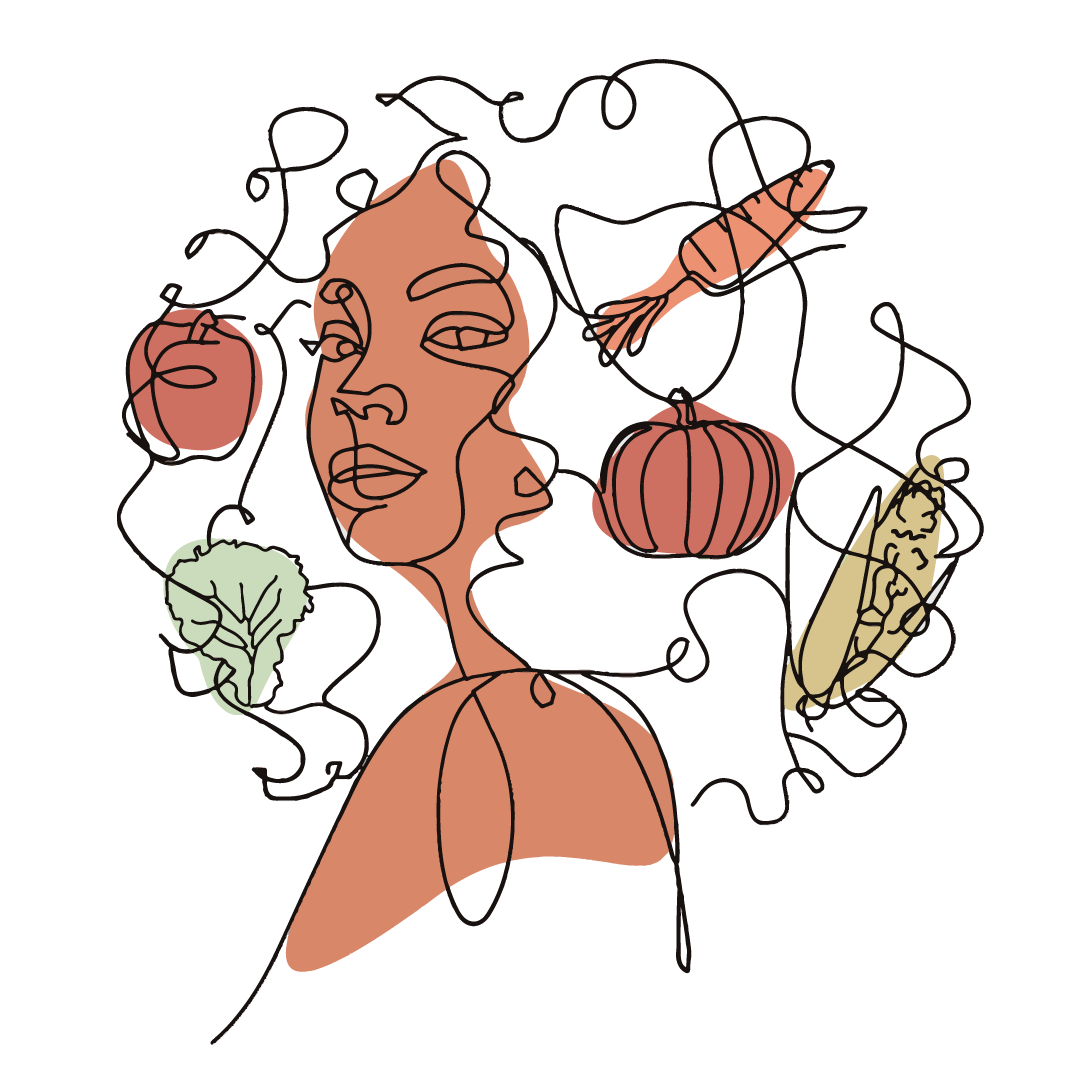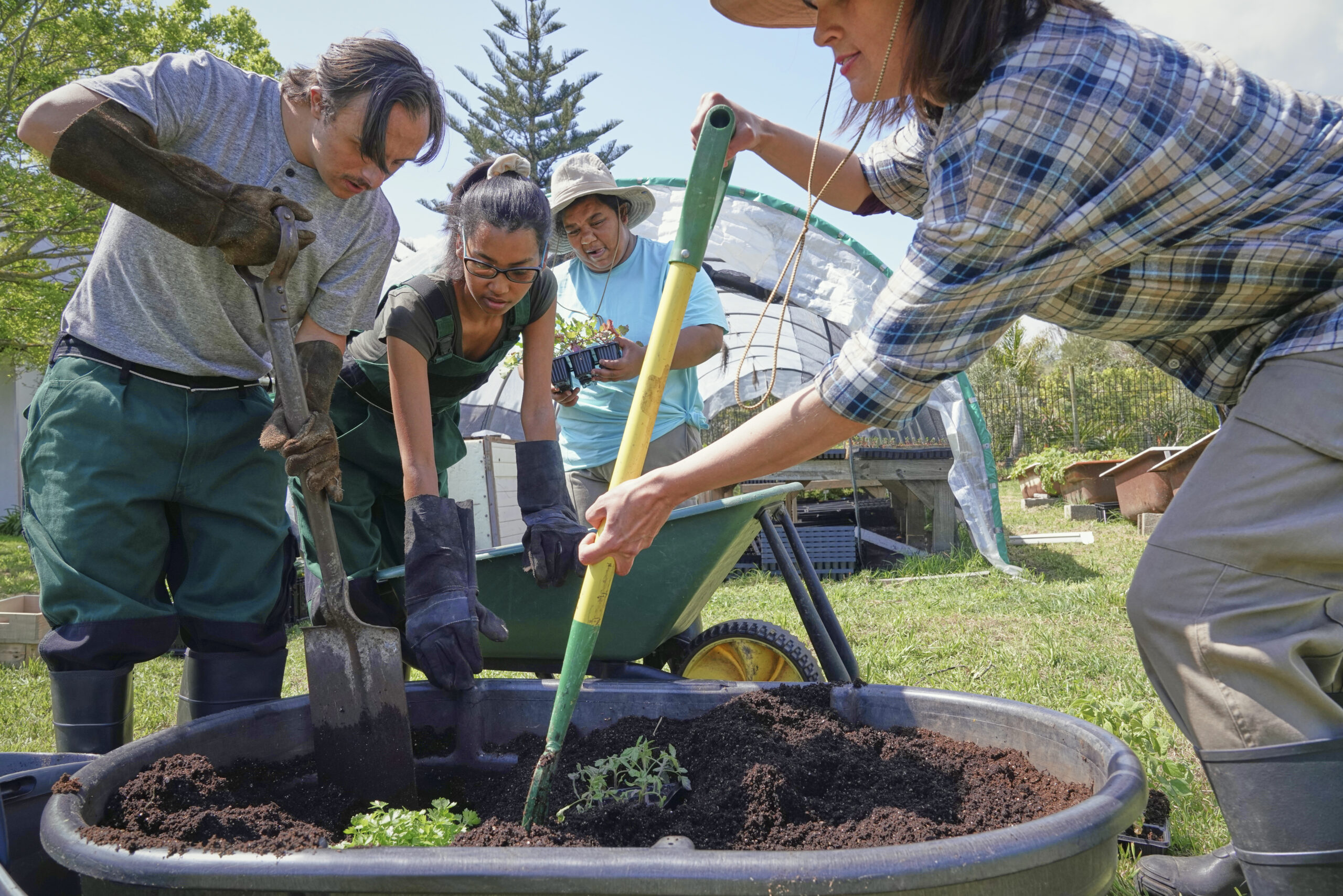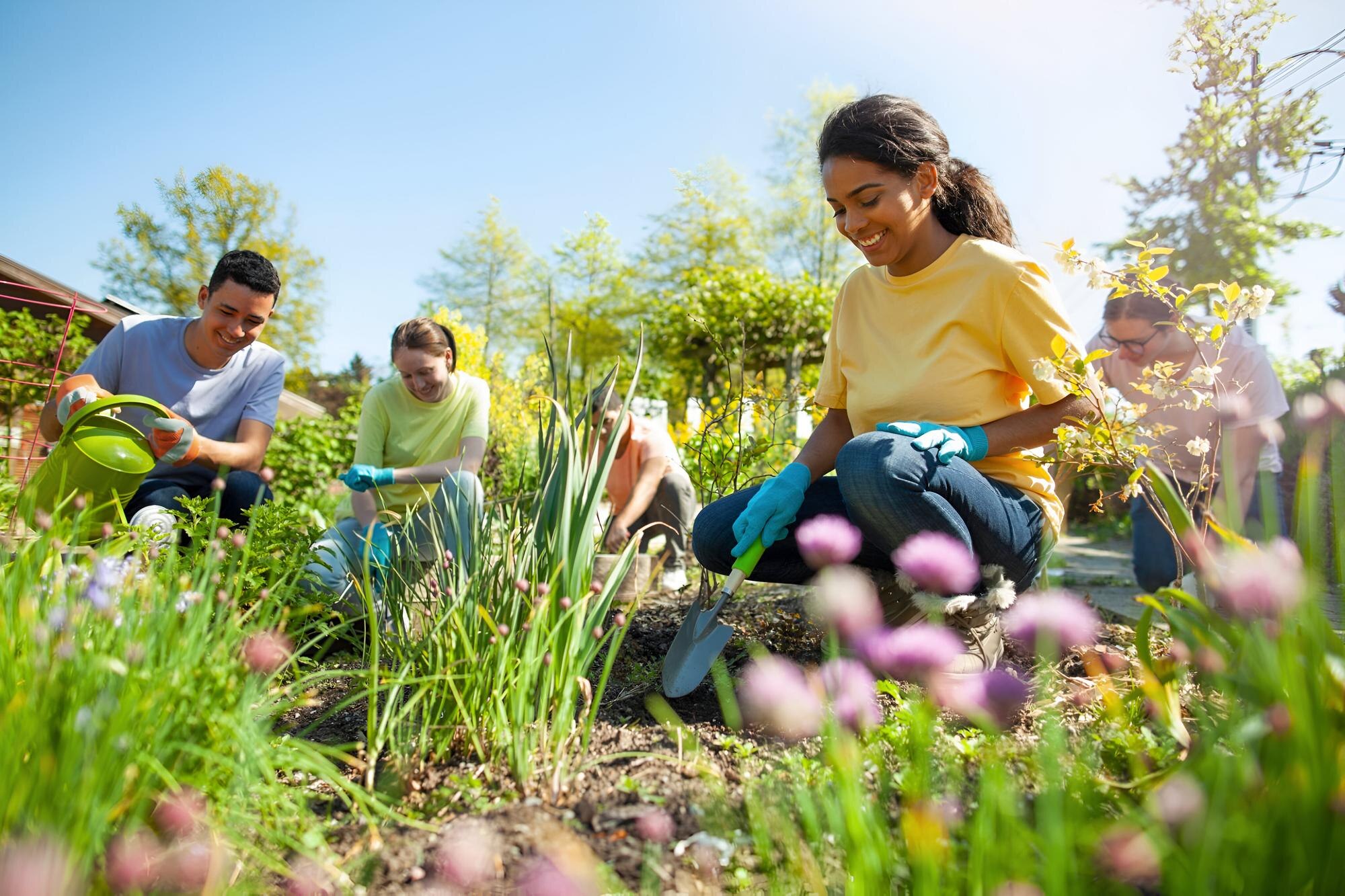Sustainable Gardening for Beginners: Your Journey to a Greener Thumb 🌱
You’ve probably felt stuck staring at an empty patch of earth, wondering how to start a garden that’s good for the planet and your community. Sustainable gardening might seem complicated at first, but it’s easier than you think to grow food and life with eco-friendly gardening habits. This guide walks you through gardening for beginners with simple steps to build your green space—and your confidence. Ready to get your hands dirty and make a real difference? Learn more here.
Starting Your Sustainable Garden
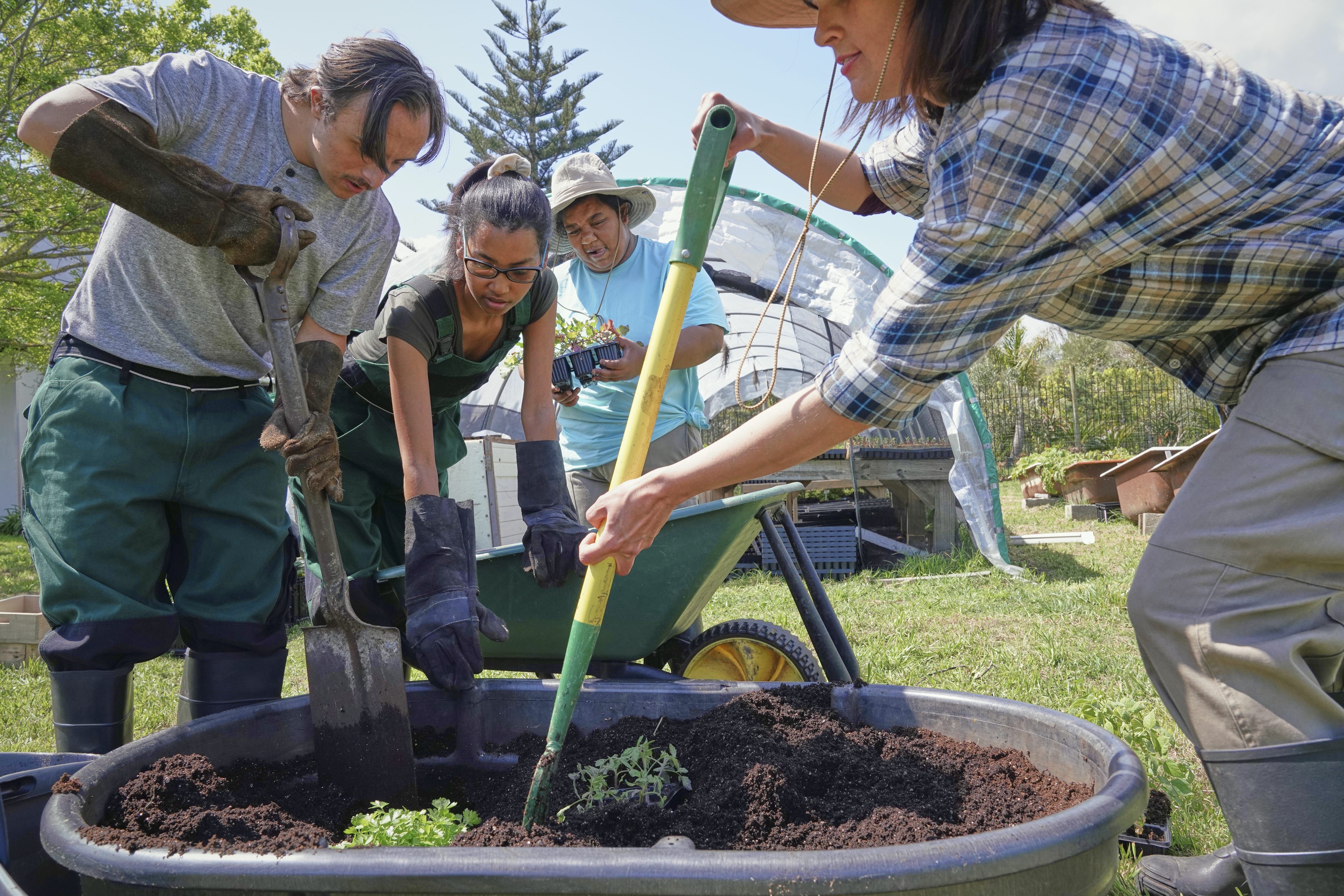
Ready to dig in? Let’s start by selecting the perfect spot for your green oasis. A good location makes all the difference.
Choosing the Right Location
Finding the right spot is like picking the prime seat at a concert. You want the best view, but here, it’s all about sunlight. Aim for a spot that gets at least six hours of sun daily. If your space is limited, even small areas like balconies can work wonders with container gardening. Don’t forget about access to water; a nearby source saves time and effort. Remember, sustainable gardening doesn’t mean sacrificing convenience.
Once you’ve located your prime gardening real estate, check the soil. Is it sandy, clayey, or just right like Goldilocks’ porridge? You can use a simple soil test kit to find out. Based on your results, consider amending it to suit the plants you want to grow. It’s a step that might seem tedious, but it sets the foundation for thriving plants.
Preparing Your Soil
Think of soil as the cradle of life for your garden. It’s where everything starts. Begin by removing debris like rocks and weeds. Then, add organic matter such as compost to enrich the soil. Compost not only improves soil texture but also boosts nutrients. You can even make your own compost at home using kitchen scraps.
Mulching is another smart move. It keeps moisture in, blocks weeds, and enhances soil fertility over time. A 2-3 inch layer of mulch can work wonders. Your plants will thank you with lush growth and fewer pest problems. If you’re curious about soil preparation, check out this comprehensive guide.
Selecting Eco-Friendly Plants 🌿
Choosing the right plants is like picking a dream team. Go for plants that thrive in your climate. Native species are ideal as they require less water and care. Consider perennials like lavender or strawberries that keep giving year after year without needing to be replanted. They’re like the gift that keeps on giving!
Mix and match with veggies. Tomatoes and peppers are classic picks for beginners. They’re hardy and often forgiving. Introduce herbs like basil and mint, which are not only easy to grow but also add flavor to your dishes. For more tips on selecting plants, visit this beginner’s guide.
Essential Eco-Friendly Practices
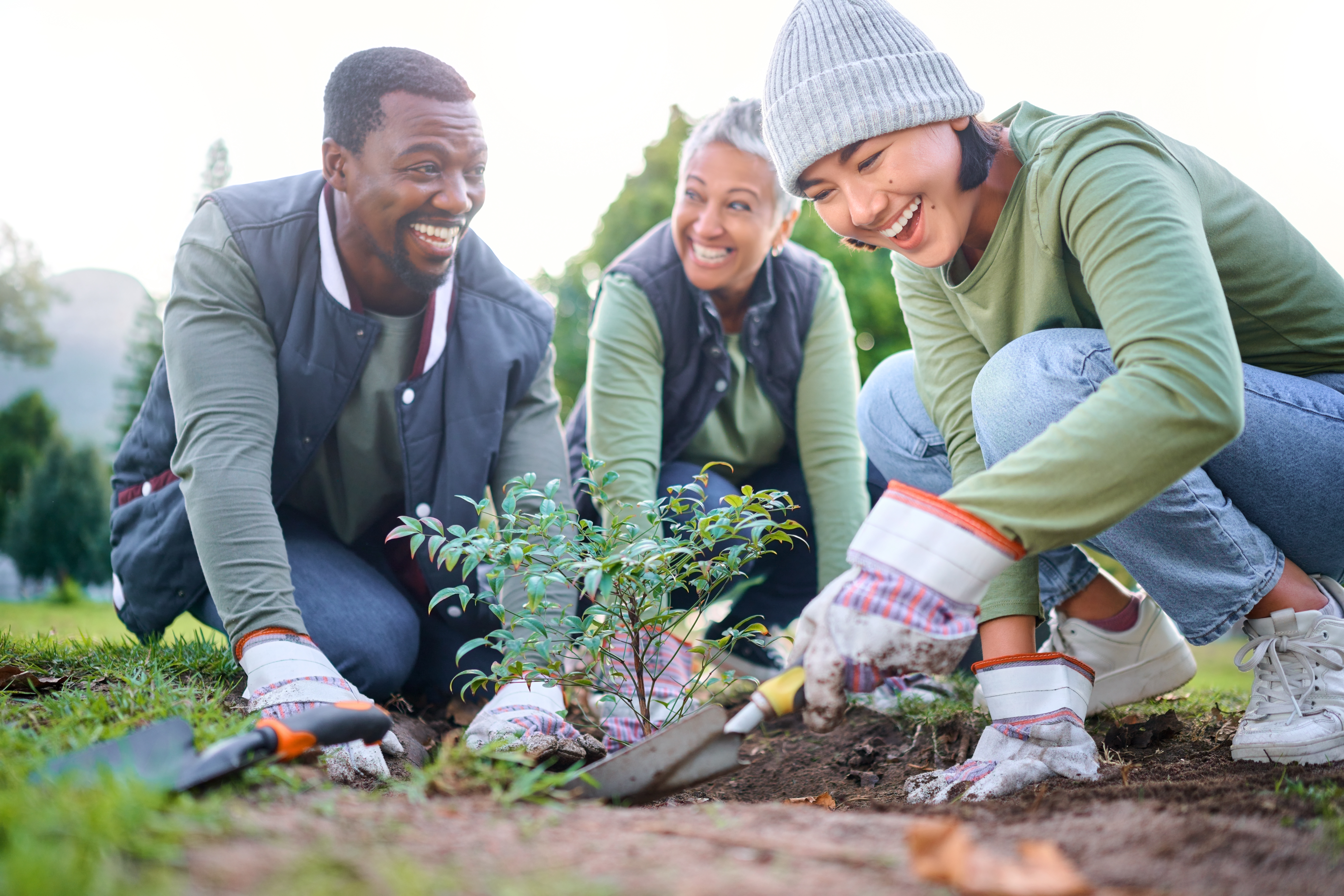
With your garden set up, let’s dive deeper into practices that keep it thriving using nature’s own resources.
Water Conservation Tips
Water is precious, and using it wisely is key. Start by watering in the early morning or late afternoon to minimize evaporation. A drip irrigation system can save up to 50% more water compared to traditional methods. Consider collecting rainwater in barrels too. It’s free, and plants love the natural minerals it provides.
Grouping plants with similar water needs also makes watering more efficient. Think of it as meal planning, but for your garden. You can ensure each plant gets exactly what it needs without waste. Interested in more water-saving strategies? Check out these helpful tips.
Natural Pest Control Methods
Keep pests at bay without harmful chemicals. Encourage beneficial insects like ladybugs and bees by planting flowers such as marigolds and sunflowers. These insects act as natural pest control agents, keeping harmful bugs in check. It’s like having a security team for your garden.
Another trick is to use simple home remedies. A spray made from garlic and soap can deter many pests. Companion planting, like pairing carrots with onions, can also discourage unwanted visitors. It’s a natural approach that respects the environment while protecting your plants.
Composting Basics for Beginners ♻️
Composting is a gardener’s best friend. It turns waste into a rich, nutrient-packed resource. Start a simple pile or use a compost bin. Add organic matter like fruit peels, coffee grounds, and eggshells. Avoid meat and dairy to keep odors and pests away.
Turning your compost once a week helps speed up the process. In a few months, you’ll have “black gold” to feed your garden. Composting reduces waste by up to 30% and enriches your soil.
Building Community Through Gardening
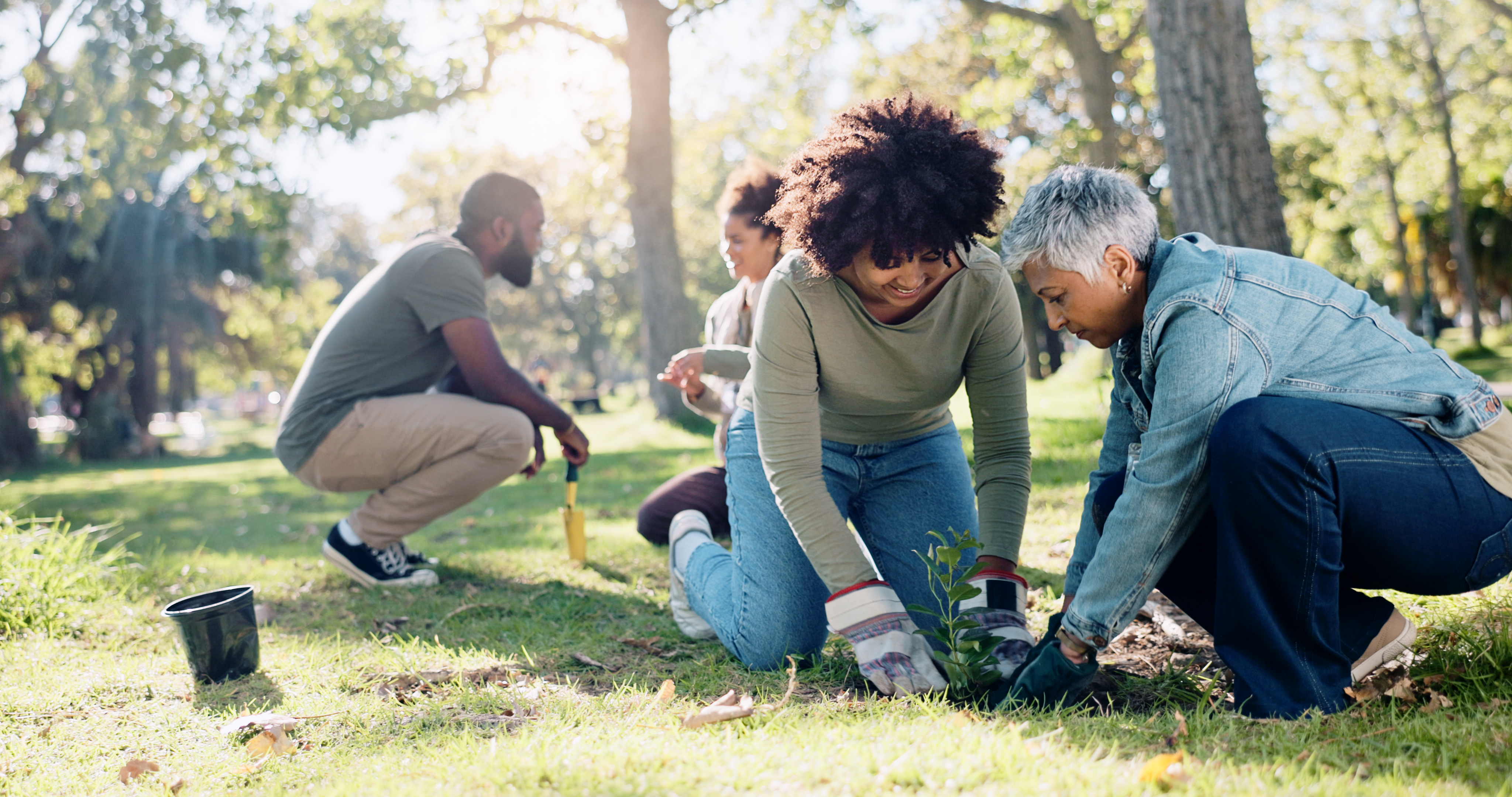
Gardens grow more than just plants—they cultivate communities. Let’s explore how you can connect with others through gardening.
Joining Community Gardening Projects
Joining a community garden is like being part of a big, green family. You share resources, knowledge, and harvests. It’s a wonderful way to learn from seasoned gardeners while contributing to a collective goal. Look for local projects online or through community boards.
Participating in these projects enhances food security and promotes sustainable living. You’ll be surprised how much you can learn and share. Plus, it’s a great way to meet like-minded individuals who share your passion for gardening.
Attending Garden Workshops
Workshops are treasure troves of knowledge. They’re hands-on, fun, and informative. From seed starting to soil health, there’s always something new to learn. These events often feature experts who share tips and techniques that you can apply immediately.
Attending workshops also connects you with a network of gardeners and sustainability enthusiasts. It’s an opportunity to ask questions, exchange ideas, and grow your skills. Don’t miss out on these enriching experiences.
Sharing Your Harvest with Neighbors 🌍
One of the joys of gardening is sharing your bounty. It fosters goodwill and strengthens community ties. Consider organizing a neighborhood swap where you exchange produce with others. It’s a delightful way to diversify your diet and reduce waste.
Sharing also opens doors to conversations about sustainability and eco-friendly practices. It acts as a gentle reminder that together, we can make a positive impact on our environment.
Gardening isn’t just about growing plants; it’s about cultivating a sustainable lifestyle and building community. So grab your tools, start planting, and watch as your garden—and community—flourishes. 🌱
